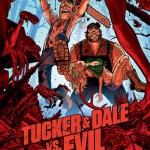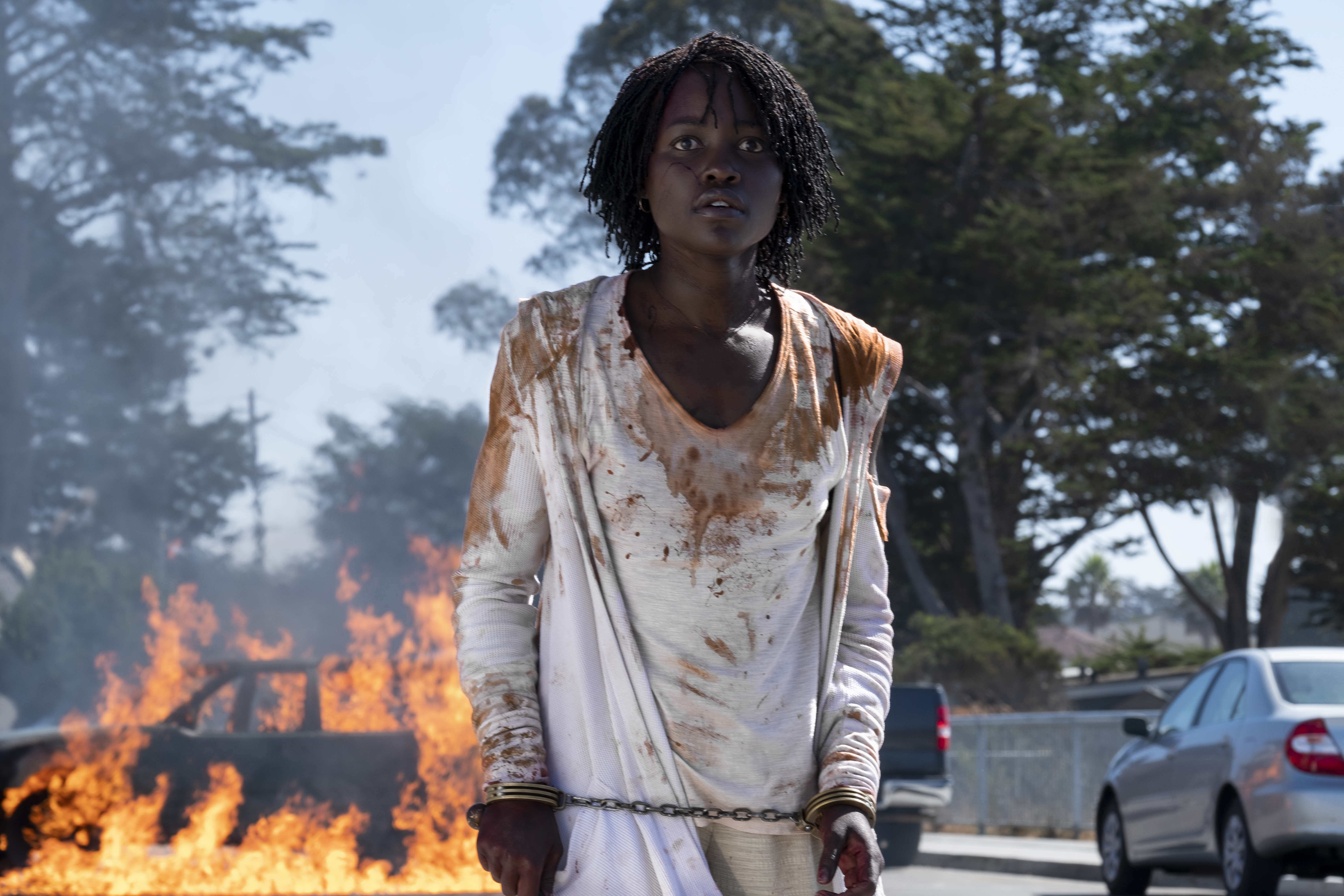
Goddess knows as an art gallery owner and lover of art history, any story that focuses on Vincent Van Gogh appeals to me. Just like nearly everyone else, I’m a fan of the artist’s work. At Eternity’s Gate stars Willam Dafoe as Van Gogh, which seems like a role he was born to play. Additionally, there are scenes in which Dafoe acts against Oscar Isaac as Paul Gauguin, which is basically Battle of the Hottest, Most Talent Actors On Film. Do I have your attention yet?
Unfortunately, At Eternity’s Gate‘s director Julian Schnabel makes a number of choices, one assumes under the guise of auteur artistry, that nearly derail the film. The camera work seems to be used as a metaphor for Van Gogh’s descent into madness, visually expressing his manic states by jostling the camera to the point of causing motion sickness in the viewer. Later in the film, there are parts of the frame put intentionally out of focus, as if saying the artist is incapable of seeing reality as the whole picture in front of him. As a subjective expression of Van Gogh’s experience or mental state, it is an interesting experiment, but one that could have been made by just letting Dafoe loose in his portrayal. It’s like the filmmaker didn’t know when to get out of the way and trust his cast. However, it only nearly derails the film. There is still much to appreciate.
The cinematography, when not hamstrung by a jostling camera, is an absolute joy. Van Gogh walking, a dot in the landscape as he scrambles up hills to find the perfect perspective, or moments where the color his recognizable blue jacket plays against the bright yellow field in which Van Gogh lays and glories in the beauty of a sunset, these are spectacular. Dafoe’s portrayal is everything one would expect from a man who not only looks like one of the most famous visual artists in history, but also has shown by his body of work that examination of the internal struggle of creativity, emotion, and identity to find balance in this world is paramount when choosing roles and making acting choices. There is one scene in particular, between Dafoe and Rupert Friend, who plays his brother Theo, that is particularly touching, and a study in nuanced interaction between acting partners. I imagine with another director at the helm, this film would have been the key to another Oscar nomination, possibly even a win. It is unusual, however, for such an uneven film to get enough traction, even for an actor of Dafoe’s stature.
Those who love Van Gogh may be able to overlook the weaknesses of At Eternity’s Gate, especially given the lead actor’s portrayal and the gorgeous scenes of color-infused landscapes. There are also the moments captured in light and shadow that suggest what the artist might have seen that inspired the portraits for which those otherwise anonymous people have become known in art history. It is a gorgeous film to look at, in between the shaky cam nausea. Maybe take Dramamine and commit to seeing it, despite the pretension and poor choices Schnabel makes.
2 1/2 out of 5 stars



